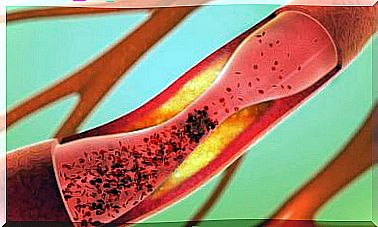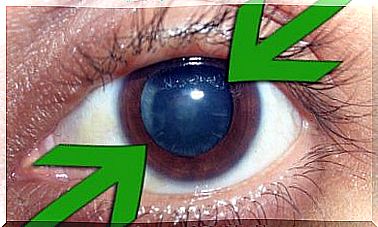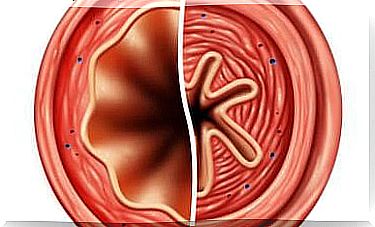Treatment To Lower Fever
Lowering fever is very important to avoid possible complications. There are some home-based measures that can be taken first, but if they don’t work, it’s best to see a doctor. Especially if it is a child.

Lowering a fever is an important step in preventing further health complications. Fever is an increase in body temperature which should always be, on average, slightly below 37 ° C. A variation of up to a degree is normal during the day, without this being synonymous with illness.
Indeed, parameters such as diet, exercise or climate, among others, are reasons for an increase in temperature. However, when it rises and exceeds 38.5 ° C, it is considered to be a fever.
What is fever?
Fever is a clue that the body is reacting positively to a possible illness. But beware: in babies, especially infants, 38 ° C is a very high temperature. In this case, it must decrease. For this, hospitalization or, at least, a pediatric consultation, may be necessary.
In addition, fever is almost always associated with other symptoms:
- Persistent headache surrounding the skull, sometimes in the form of pressure.
- Chills and sweating.
- Muscle pain.
- Dehydration with dry skin, decreased tears and urine retention.
- Loss of appetite.
- General weakness.
In children, aged between 6 months and 5 years, febrile seizures can also occur. In this case, it is recommended to lay the child down, protect him so that he does not injure himself, and then call a doctor.

The causes
The part of the body responsible for regulating temperature is located in our brain and is called the hypothalamus. It works like a thermostat, but for different reasons it can increase the reference limit. This is when the increase in retained heat occurs.
On the other hand, fever itself can be caused by infectious agents like viruses and bacteria. As well as inflammatory diseases, such as rheumatoid arthritis, tumors or drugs that have this symptom among their side effects. Likewise, all types of vaccines cause fever.
Treatment to lower fever
If you have a mild fever, your doctor is unlikely to recommend specific treatment. Especially in the absence of additional symptoms. Indeed, mild fever is a sign that the body is responding well. Even a high temperature can be helpful in reducing the disease causing microorganisms.
When a fever causes additional discomfort or is high, it is necessary to lower it. In this case, the doctor may prescribe over-the-counter medications such as ibuprofen or paracetamol. It is important to respect the recommended doses, not to exceed them or to maintain them for too long. Because it can cause damage to the kidneys and liver.
If these drugs do not lower the fever, then finding the cause will be essential in determining the need for antibiotics, in case of a bacterial infection such as tonsillitis or pneumonia. However, if it is a viral infection, antibiotics will not help.
In children, if there is no improvement after the first dose and the fever persists, a doctor should be consulted. On the other hand, aspirin should not be administered as it can lead to Reye’s syndrome which, although rarely, can be fatal.
Other tips for lowering a fever
When it comes to babies, especially if they are under 28 days old, the best option for lowering fever is hospitalization. The newborns are vulnerable to serious illnesses that require intravenous medications and special care.
In addition, there are measures that can be taken at home to lower the fever. As long as it is not associated with additional discomfort. In case of dehydration, one should consume water, and better yet, a solution such as oral serum. The latter hydrates, but also contains electrolytes. Fundamental components for the proper functioning of the body.
In addition, rest helps recovery, as does using light clothing, keeping the temperature in the bedroom low, and sleeping with just one sheet. It is also advisable to apply warm water compresses to the forehead, armpits, groin or soles of the feet.
Likewise, to bring down fever, bathing the whole body with lukewarm water is helpful. As well as the infusions of garlic, basil, rue, ginger, thyme and chamomile, sweetened with a little honey. This type of drink should be taken two to three times a day.

Some facts to remember …
In general, a doctor should be consulted when the fever reaches 38 ° C in babies or 39 ° C in adults. Also if it is accompanied by headache, vomiting, irritability, abdominal pain, rash. Or if the high temperature persists.
Finally, it is important to act calmly and promptly to bring down the fever. Otherwise, convulsions and loss of consciousness may occur. All these factors worsen the patient’s condition and put his life in danger.









